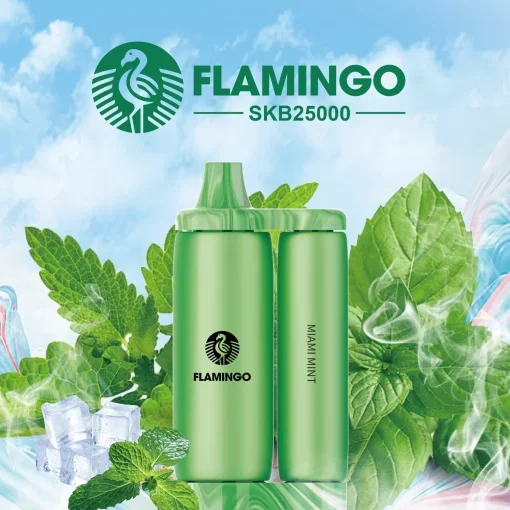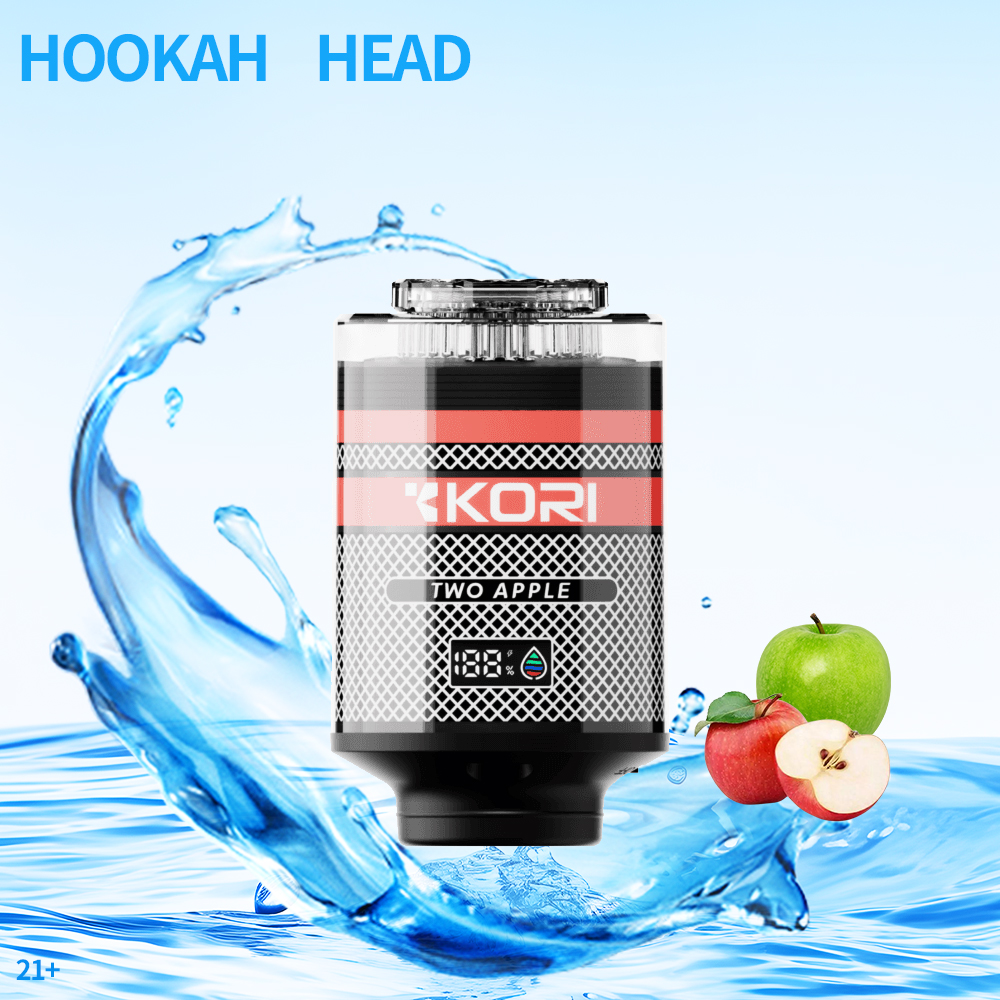The Rise of 1960s Smoke Shops and Vaping Culture: A Nostalgic Journey
In the shadow of the cultural revolution that defined the 1960s, smoke shops flourished as pivotal gathering spaces where individuals explored new ideas and lifestyles. As we navigate today's rapidly changing landscape of smoking culture, the legacy of the 1960s smoke shops offers valuable insights into where we are and where we might be heading—especially with the rise of vaping.
A Historical Glimpse into 1960s Smoke Shops
Much of the allure of the 1960s stemmed from a rejection of the status quo. Smoke shops during this period weren’t just places to buy cigarettes or tobacco; they served as cultural hubs, where music, art, and counterculture collided. These establishments became hotspots for artists, musicians, and free thinkers, often decorated with psychedelic art and filled with eclectic merchandise.
Key Design Elements of 1960s Smoke Shops
The interior design of 1960s smoke shops departed from previous generations; vibrant colors, innovative lighting, and inviting seating areas were paramount. Shops were often adorned with posters of popular bands like The Beatles or The Doors, encapsulating the spirit of rebellion and creativity that characterized the time.
Vaping: A Modern Twist on a Classic
Fast forward to today, and we find a parallel evolution with the advent of vaping. The rise of vape shops can be viewed as a modern reincarnation of the smoke shop — tapping into similar themes of community, self-expression, and lifestyle choices, yet offering a healthier alternative within an increasingly health-conscious world.
The Emergence of Vape Shops
As traditional smoking habits waned due to health concerns and changing social acceptability, vape shops emerged to offer adult consumers flavorful alternatives. Unlike their 1960s predecessors, today’s vape shops tend to prioritize sleek designs and tech-savvy environments, featuring an array of vapor products, from e-liquids to high-tech devices.
Community Focus
What hasn’t changed, however, is the community aspect. Vape shops often host events, contests, and even educational seminars about vaping. Just as 1960s smoke shops served to bring together individuals from various walks of life, contemporary vape shops have fostered communities focused on sharing experiences and knowledge around vaping culture.
Tracing the Evolution: From Smoke to Vapor
The shift towards vaping marks a significant cultural change. Often viewed through the lens of individual freedom and innovation, vaping embodies the modern spirit much like smoke shops did in the 1960s. This transformation invites a re-examination of how we view smoking in general.
Vaping is often depicted as a safer alternative to traditional smoking. Improved technologies have contributed to higher quality products, and vape shops now frequently stock organic and locally sourced e-liquids that attract health-conscious consumers seeking guilt-free indulgence.
Cultural Significance
Ultimately, both smoke shops of the 1960s and today’s vape shops symbolize shifts in societal norms and values. While the 1960s smoke shops served to heighten youthful rebellion, today’s vape shops tap into diversified lifestyles ranging from wellness to technology, marrying modernity with the countercultural spirit of the past.
Nostalgia Meets Innovation
This blend of nostalgia and innovation has led to a resurgence in interest surrounding vintage smoking paraphernalia, art, and design, paving the way for new trends in fashion and lifestyle. Vaping allows a level of customization that was not available with traditional cigarettes, catering to diverse preferences and individualism reminiscent of the 1960s ethos.
The Future of Smoke & Vape Shops
As we look to the future, it will be intriguing to see how smoke and vape shops continue to evolve. With ongoing discussions regarding health regulations, marketing practices, and public perception, these establishments must adapt while retaining their fundamental role as community gathering places.
The challenge lies in marrying the authenticity and spirit of the 1960s smoke shops with the advancing technology and health considerations surrounding vaping today. The foundation built on community, creativity, and self-expression remains the core of what it means to gather in these unique shops.
Engagement in the Modern Era
With the rise of social media, smoke and vape shops now have the opportunity to reach wider audiences, engage with customers on new platforms, and create immersive experiences beyond the walls of their physical locations. Live-streaming events, virtual communities, and online sales could redefine how these shops operate, ensuring that they remain relevant in an increasingly digital world.
Community and Responsibility
As the culture of smoking and vaping continues to evolve, shop owners and consumers have a shared responsibility to prioritize well-being within these communities. Educating newcomers about safer practices, hosting discussions on responsible vaping, and advocating for legislative measures to protect public health are essential steps forward.
Merging Traditions
From the foundations laid by the 1960s smoke shops to the appearance of modern vape shops, the blending of these two worlds is an exciting narrative of transformation. The journey underscores an ongoing dialogue on smoking, community, and culture, prompting both consumers and shop owners to reflect on the paths they follow.
In conclusion, as we navigate through the complexities of contemporary smoking culture, the legacy of the 1960s paired with the modern vaping phenomenon offers rich narratives for exploration, adaptation, and understanding. Both eras share threads of innovation, rebellion, and community that remind us how far we have come, yet prompt us to consider where we might go next.





